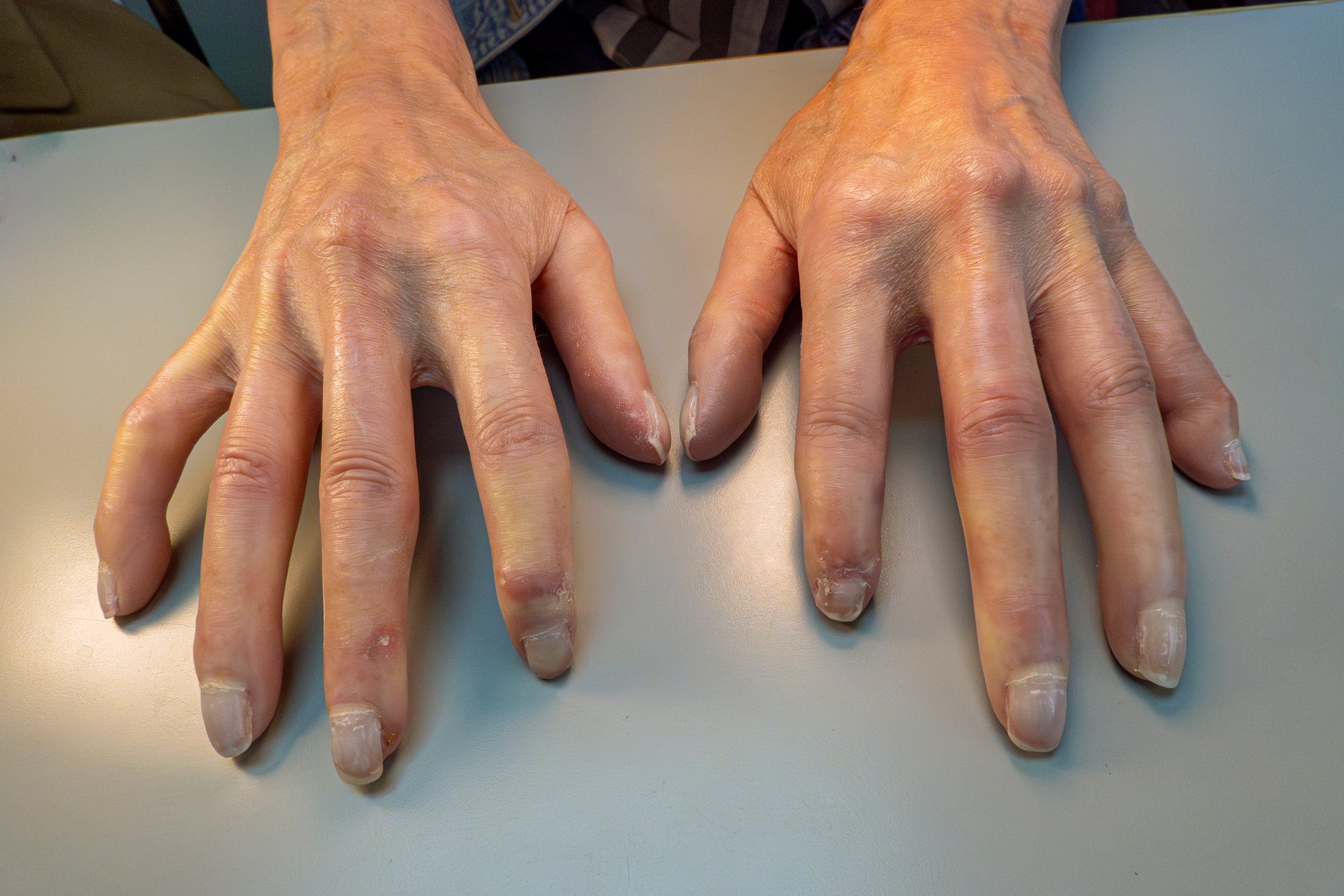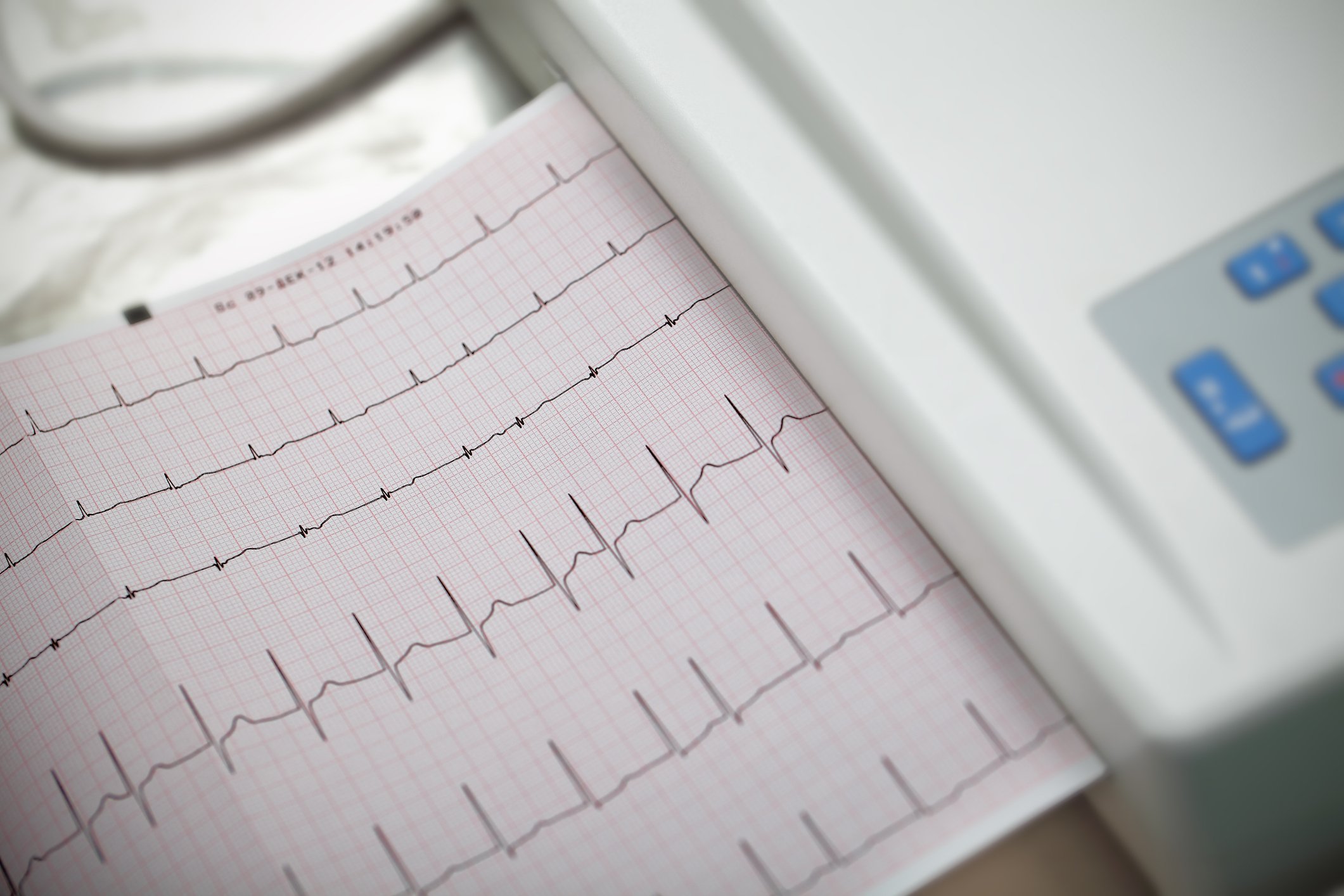A 30-year-old previously healthy woman suffers from a mild cough for two weeks. New increasingly abdominal pain occurs. During the day she feels feverish. The fever gauge shows 38.4 degrees in the evening. The pain becomes unbearable.
It’s Saturday night. The young woman does not want to disturb her family doctor and seeks out a walk-in practice in a larger Swiss city. The doctor notes a good general condition and that there is no pregnancy. He finds a meteoristic abdomen; otherwise, the clinical status is unremarkable. On abdominal ultrasonography, the colleague finds several lymph nodes up to 14 mm in size retroperitoneally on the right side of the psoas. The other day, a CT of the abdomen is ordered.
The radiologist diagnoses mesenteric lymphadenopathy with a lymph node conglomerate measuring 7.1 × 5.1 × 4.3 cm. Differentially, the lymph nodes described were urgently suspicious for the presence of lymphoma because of their size and in the absence of evidence of an abdominal focus of infection. The patient is admitted to a private clinic as an emergency case. She is told that lymphoma can be treated very well today if diagnosed early. Unfortunately, however, the young woman had to do without children of her own after having undergone chemotherapy. The patient’s distraught mother finally reaches the family doctor. She, who lost her husband a year ago to a malignant tumor, struggles with fate and weeps bitterly. The family doctor, who has known the family for years, tries to reassure the woman and says that if the colleague had not held the transducer on the abdomen, no one would have thought to look for lymphoma. So he tries to calm the woman down. PET-CT and KM-enhanced CT thorax/abdomen are performed in the clinic. Metabolically active changes are found in the terminal ileum as well as lymph nodes along the mesenteric root. Differential diagnosis inflammatory bowel changes in the context of Crohn’s disease, lymphoma cannot be excluded with certainty. Colonoscopy is recommended by the radiologist. This shows nonspecific focal ulcerative inflammation in the terminal ileum. The decision is then made on the second day to “watch and wait” and the woman is symptom-free three days later. The trauma of the daughter and her mother were worked through with the family physician in the following weeks.












